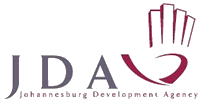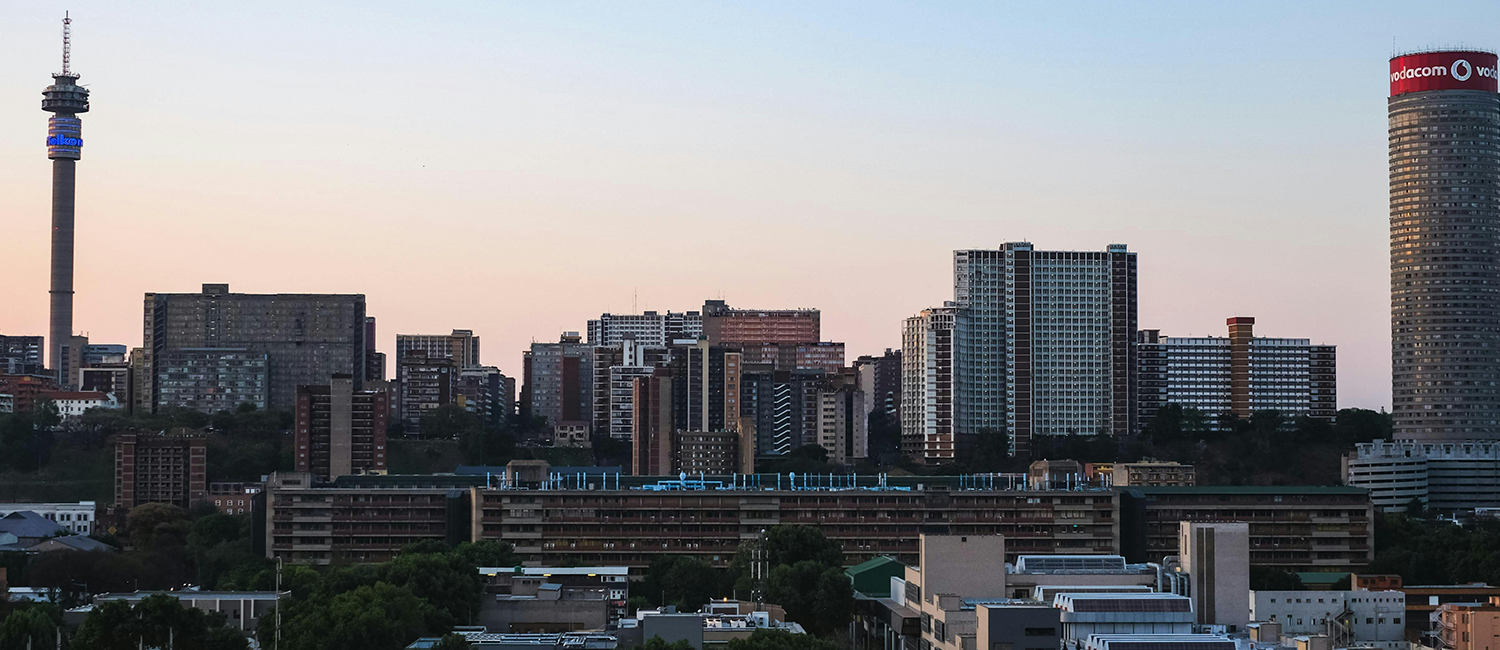“If you haven’t been to the inner city in the last five years, you wouldn’t recognise many parts of it,” Executive Mayor Parks Tau said during his State of the City address on Wednesday, 6 May.
Joburg Executive Mayor Parks TauJoburg Executive Mayor Parks Tau (Photo: www.joburg.org.za)Addressing a colourful gathering at the Metro Centre in Braamfontein, and a wider audience via live broadcast on all the major radio stations, Mayor Tau said Joburg’s inner city renewal project had transformed the urban landscape.
“Travel guides now heap praise on Braamfontein, Maboneng, the Fashion District, Marshalltown and Newtown,” the Mayor said, referring to a recent spate of rave reviews that Johannesburg has received from international travel journalists, the rebirth of the inner city being the common thread running through all of them.
Among others, Joburg was named Top city to visit in 2015 (Rough Guide), second most inspiring city in the world (Good Magazine), one of the 50 best travel destinations for 2015 (Travel + Leisure), one of “Four Emerging Arts Cities You Should Know” (Wall Street Journal), and featured in Conde Nast Traveller’s What’s Hot for 2015 edition.
The drive to regenerate the central business district (CBD) and other inner city areas, spearheaded by the Johannesburg Development Agency (JDA), began around 2001 and has been gaining momentum ever since.
“In some cases, we as the City have actively developed precincts; in others we have zoned and planned with an open mind, allowing the private sector to apply its creativity,” Mayor Tau said.
“The result is one of the most interesting and rapidly evolving urban environments in the world.”
PRIVATE SECTOR FOLLOWING THE CITY’S LEAD
And the private sector has been following the City’s lead. As the Mayor pointed out in his address, food chain Nando’s has recently returned to its origins, moving its international headquarters to Lorentzville, near the Ellis Park Stadium precinct. This had brought a R75-million investment to the inner city, Mayor Tau said, adding: “Food practitioners from all over the world are now trained there.”
At the other end of the commercial scale, the Mayor announced that the City had “reached resolution on how to accommodate informal trading in the inner city as a properly regulated activity, peacefully co-existing with all the other demands on that bustling space”.
At the same time, he said, the streets of the inner city had become even safer with the establishment of a new, intelligent operations centre linking together the City’s network of upgraded CCTV cameras. “The intelligent predictive software and the new cameras can detect patterns of behaviour that arouse suspicion. This allows us to see and prevent crime more quickly, and link criminals and their vehicles to specific crime sites.”
PROJECTS UNDER DEVELOPMENT
The JDA, meanwhile, is pushing ahead with the development of the Hillbrow Tower Precinct and the African Food Hub Pavilion adjoining Park Station.
And as part of the City’s drive open its broadband network to the public, Braamfontein is in the process of being blanketed with high-speed broadband wi-fi access. “This goes beyond hotspot access at specific buildings and demonstrates how public wi-fi can work across a wide area,” Mayor Tau said. “In this mecca of youthful activity, the wi-fi mesh will become a showcase for how subsidised access to the internet means access to opportunity and education.”
In addition, construction work has started on a new Council Chamber that will include modern facilities for members of the public who wish to attend Council meetings.
“Together with this initiative, the Metro Centre and its precinct will be revitalised to create an inviting and accessible space for employees, residents and visitors who want to access City services,” the Mayor said. “It will be turned into a 24-hour mixed-use campus that provides office space for all the City’s departments and entities but also includes residential apartments, retail shops and a ‘People’s Square’.
“Madam Speaker, we have said many times that we do not regard urbanisation as an obstacle, but rather as an opportunity. We see our diversity as a source of strength and social cohesion, a building block for community growth. It must also be the proving ground for how we as a nation innovate to transform our economy and society. It must demonstrate how we ensure tomorrow will be better than today.”

